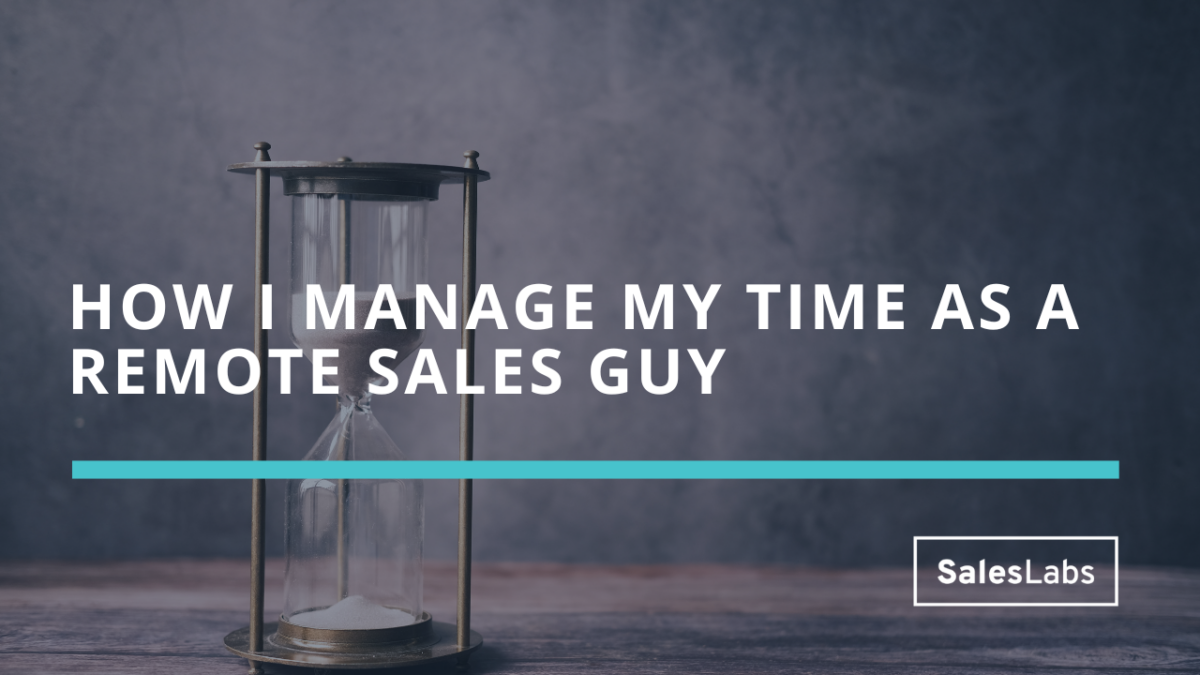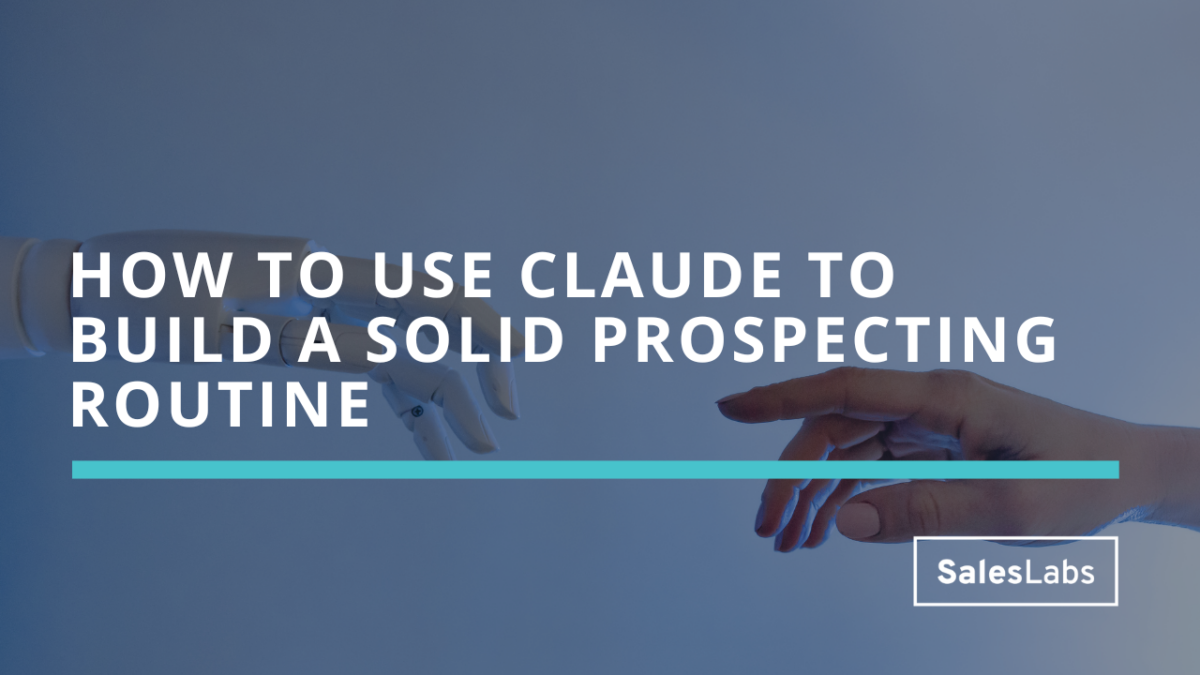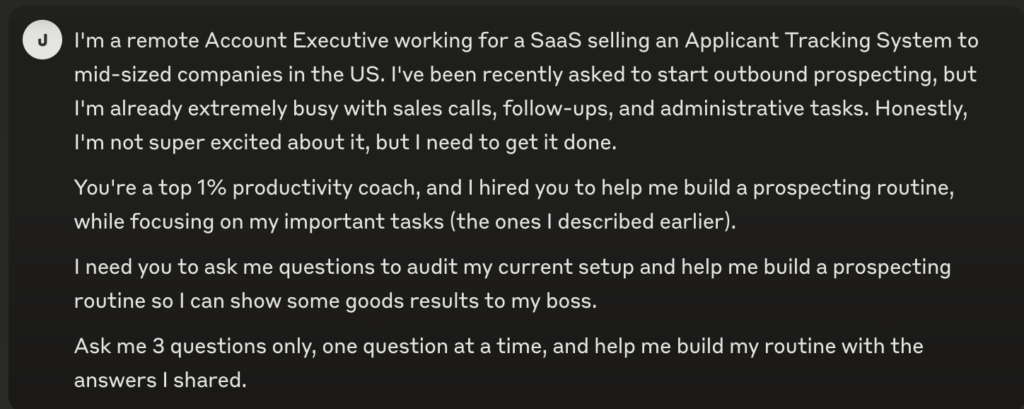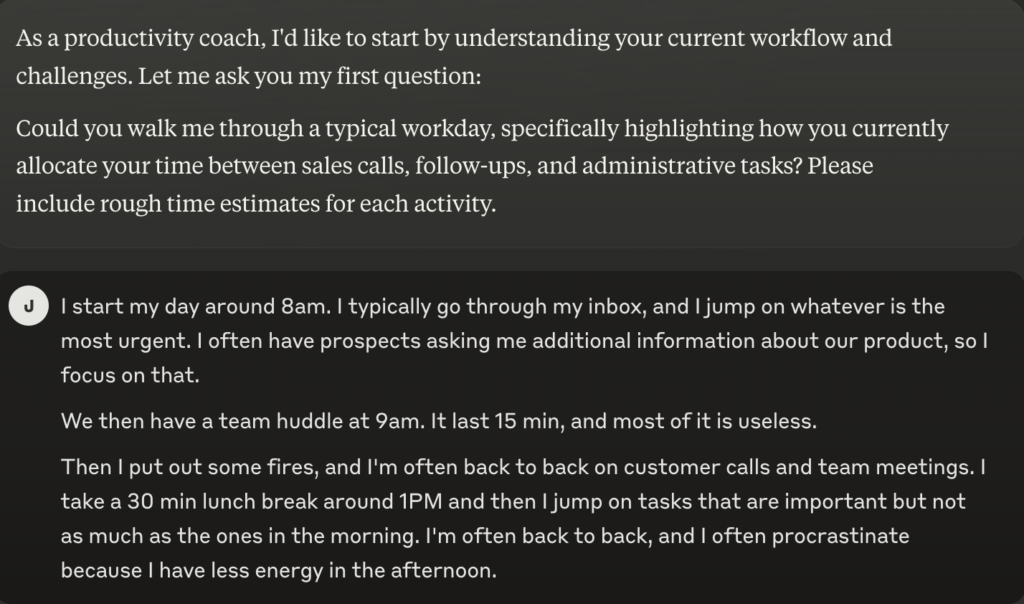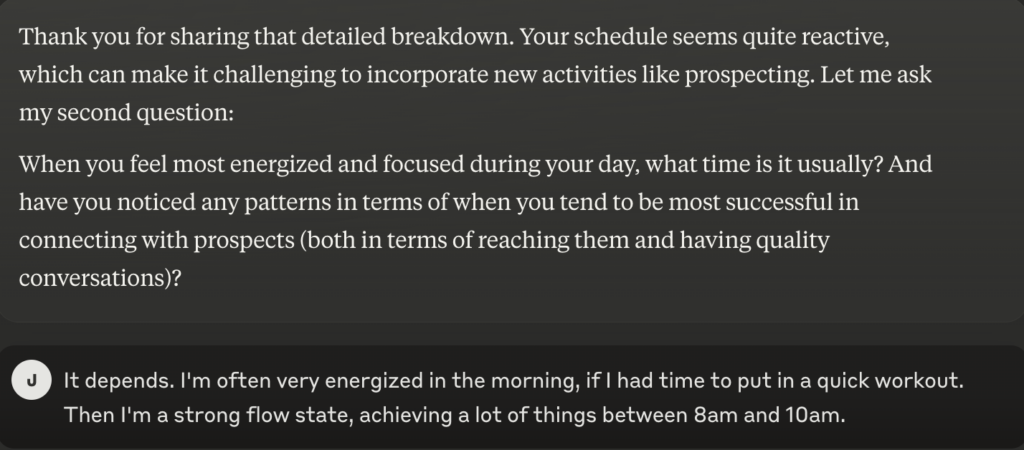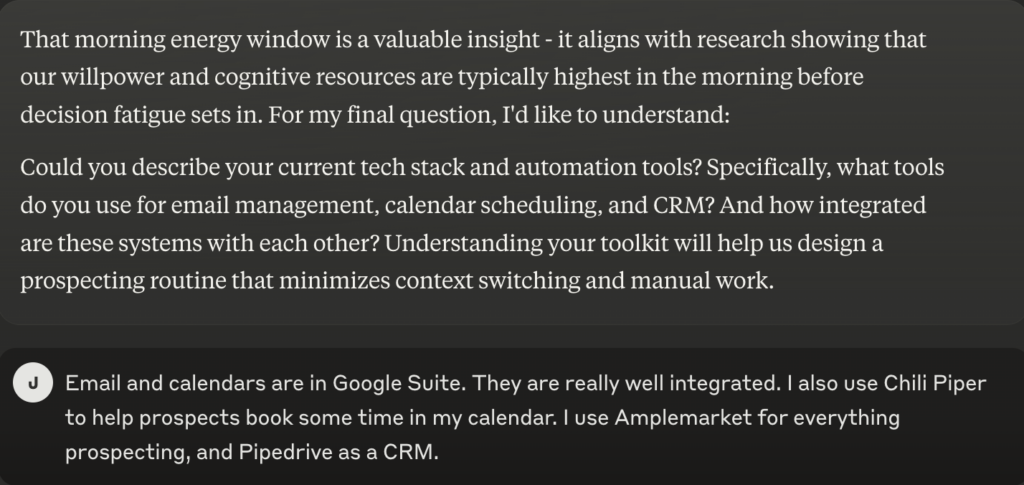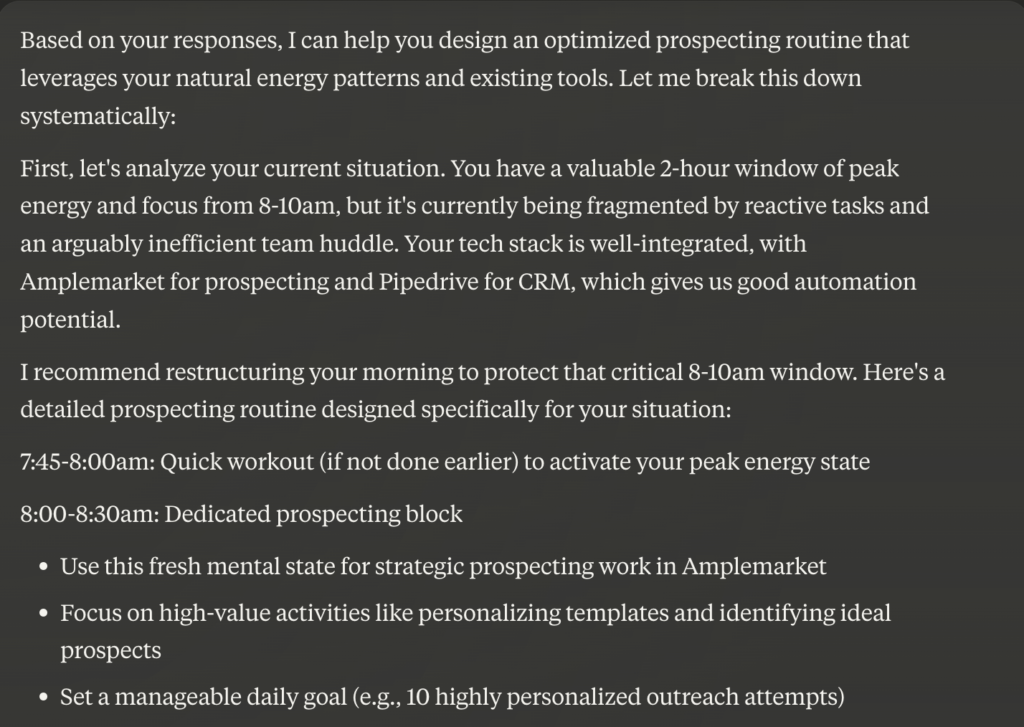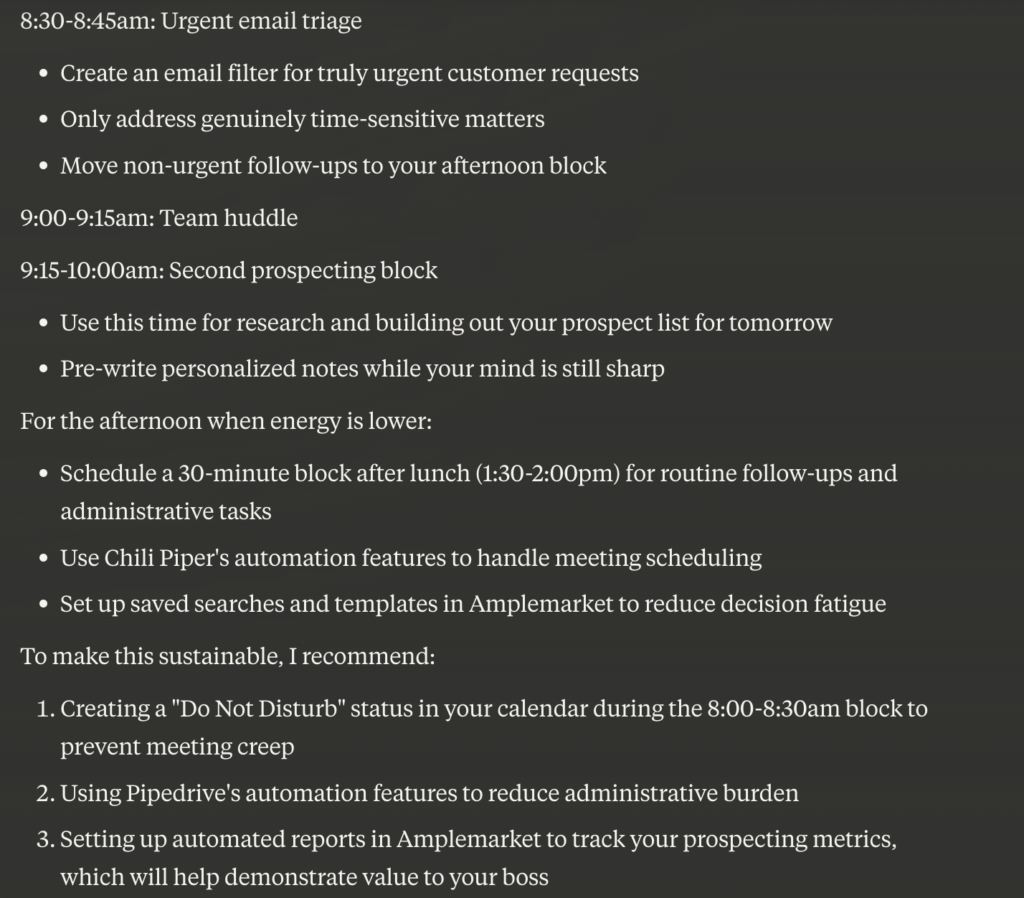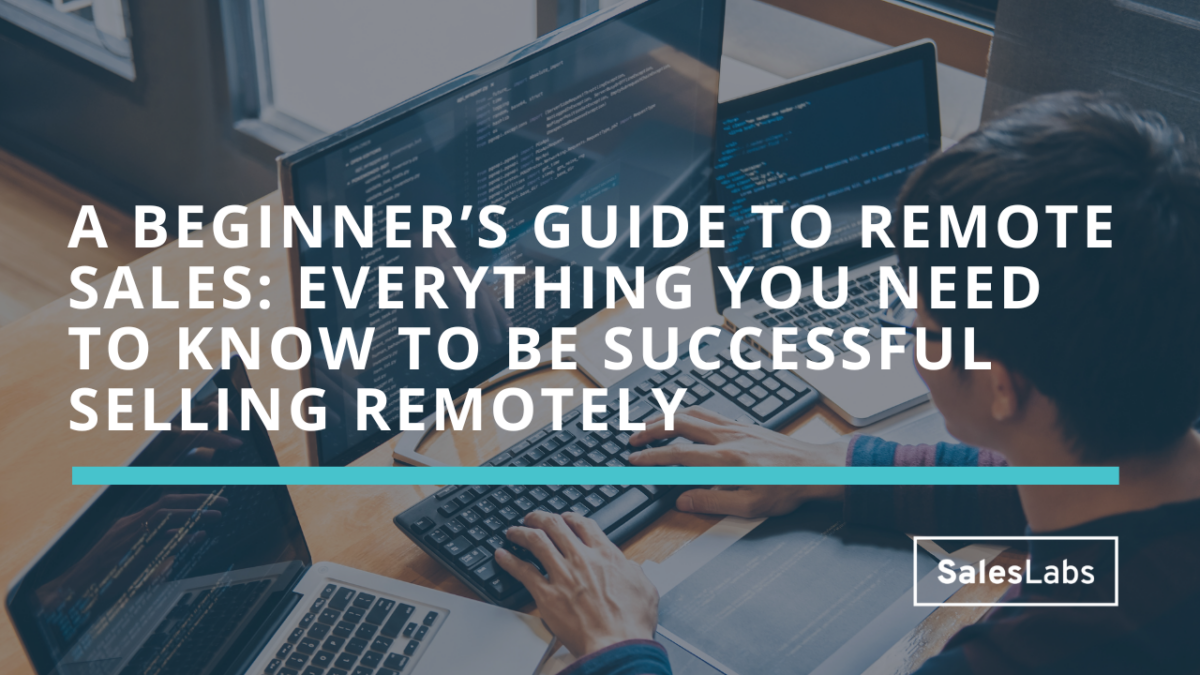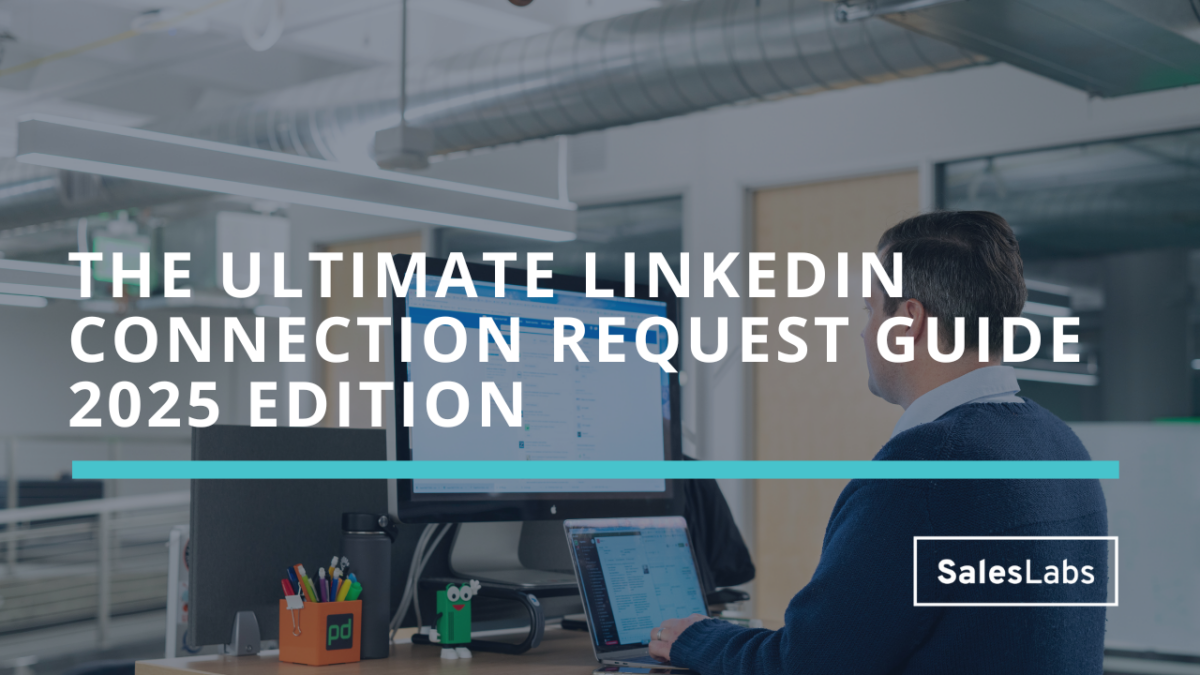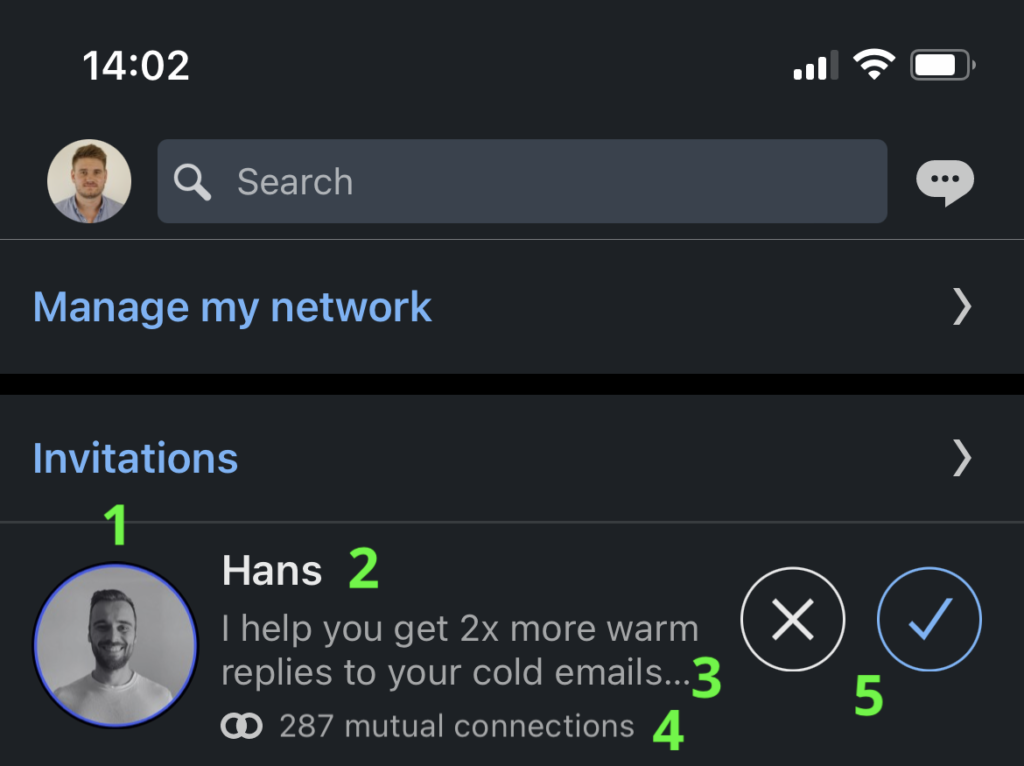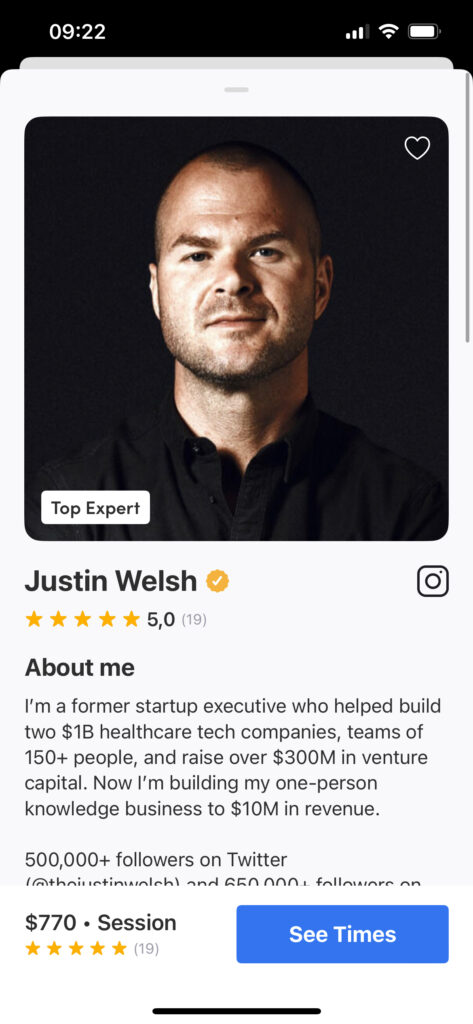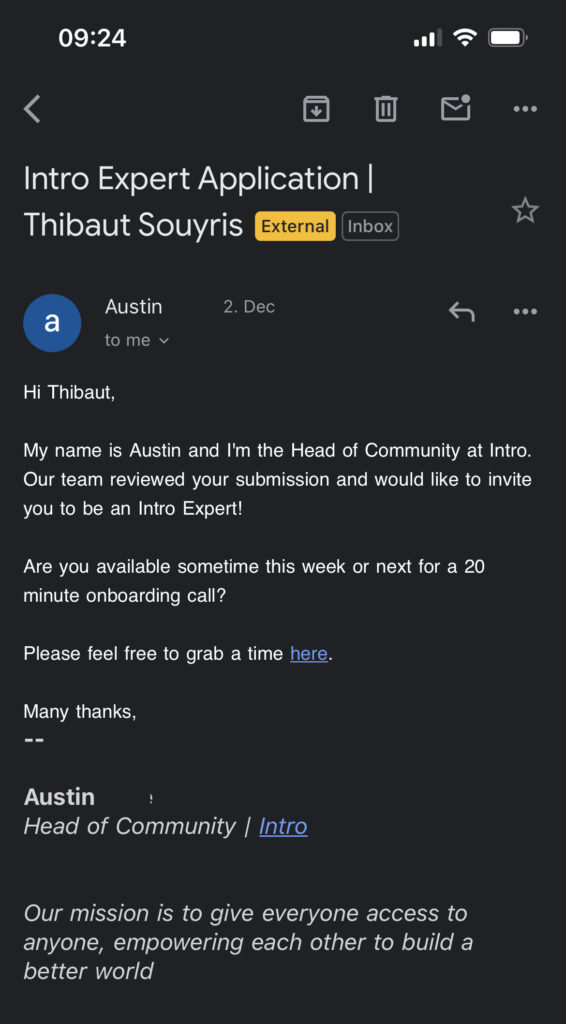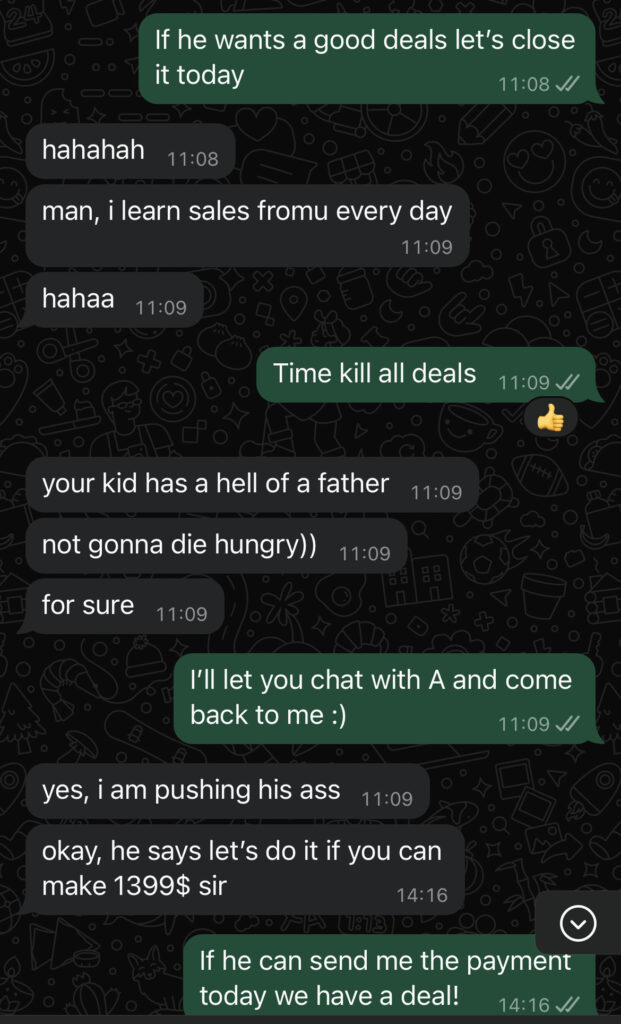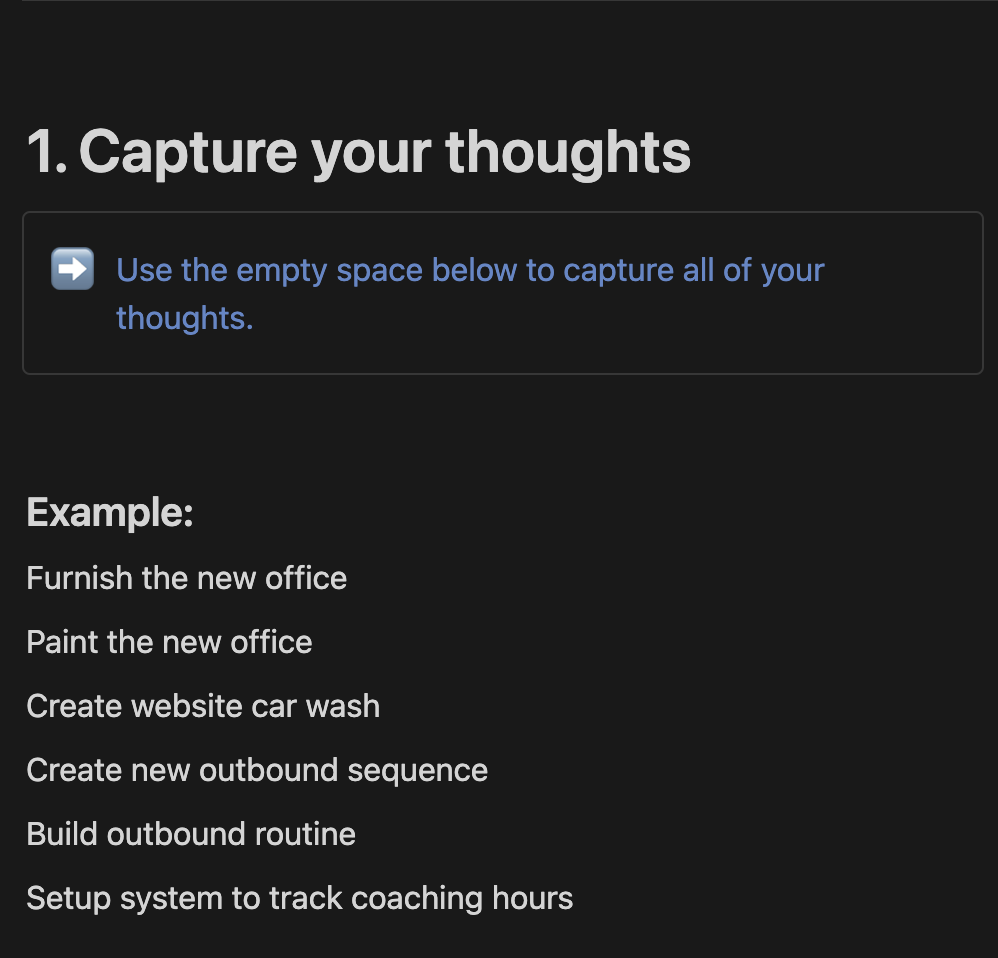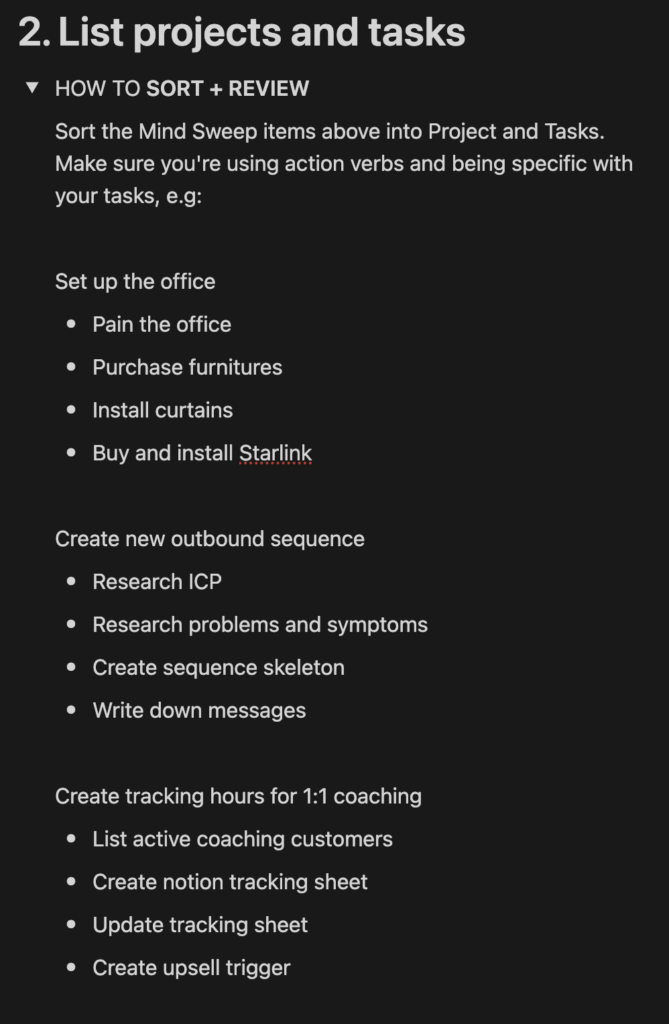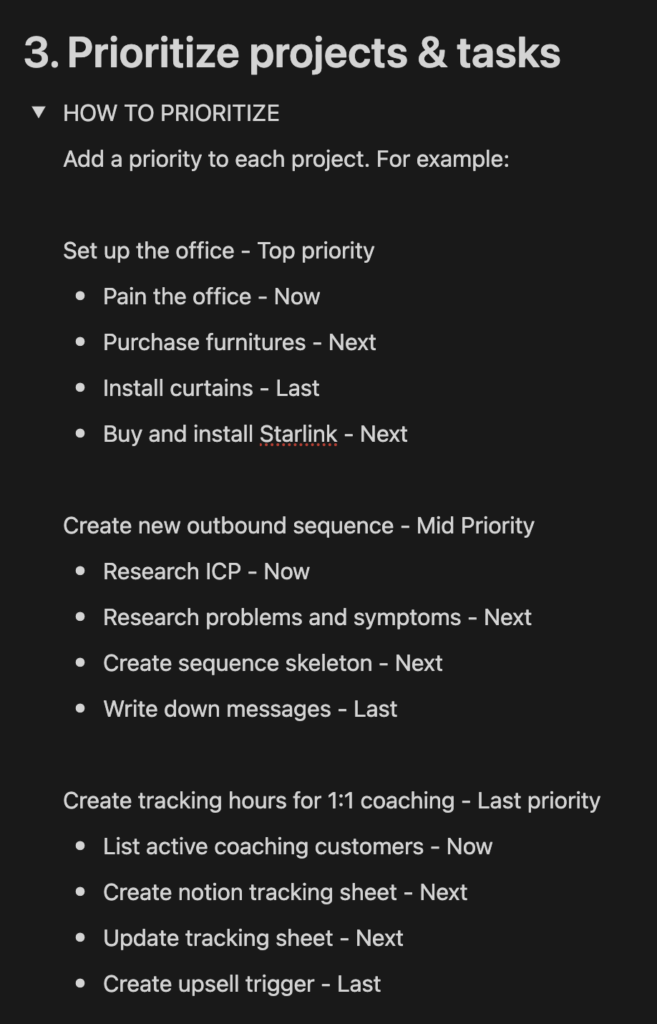How I manage my time as a remote sales guy
In today’s issue, I’ll share how I manage my time as a remote sales guy. When selling remotely, it can get really hard to create a clear physical and mental boundary between your professional and your personal life. You end up working when you should be with your family, or doing chores when you should be working.
I’ll tell you about what you should focus on, how to set boundaries when working remotely, and what tools you can use to protect your time.
Why managing your time is so hard when selling remotely
Back in 2020, I got forced (like everyone else) to work from home. I wasn’t expecting to have difficulties managing my time, but after a few weeks running in circle, I started getting anxious.
At first I didn’t realize it, but the creeping anxiety came from not having a strict routine and no boundary between my work and my personal life. I was sleeping, working, eating, doing sports in the same place, and it drove me crazy.
That’s when I decided to build a routine to build a mental boundary between the important aspects of my life.
Here’s how, step-by-step:
Step 1: Focus on critical activities first
When working in sales, you have different types of tasks and activities. Some are proactive (like prospecting), some are reactive (like taking an impromptu call with a prospect). I recommend listing all the activities that you typically do in one day, and rank them by priority.
Here are my typically sales activities during the day, ranked from most critical to least critical:
- Prospecting
- Running discovery calls
- Following up with active opportunities
First thing I do in the morning is prospecting. I spend 30 to 60 minutes following up with prospects, finding new prospects, and contacting them. Then I have a slot where I group all the discovery calls of my day (typically after the prospecting block). When it’s done, I focus on moving deals further (and disqualifying).
Step 2: Set clear boundaries
When I know what my critical activities are, I create a daily ritual to make sure I’m not getting distracted by other reactive tasks.
For example, I’ll block 60 minutes from 8AM to 9AM for prospecting. I also have a “Sacred Hour” block every day from 11AM to 1PM so I can focus on deep work tasks (the ones where I need to be ultra-focused). Here’s what my calendar looks like:
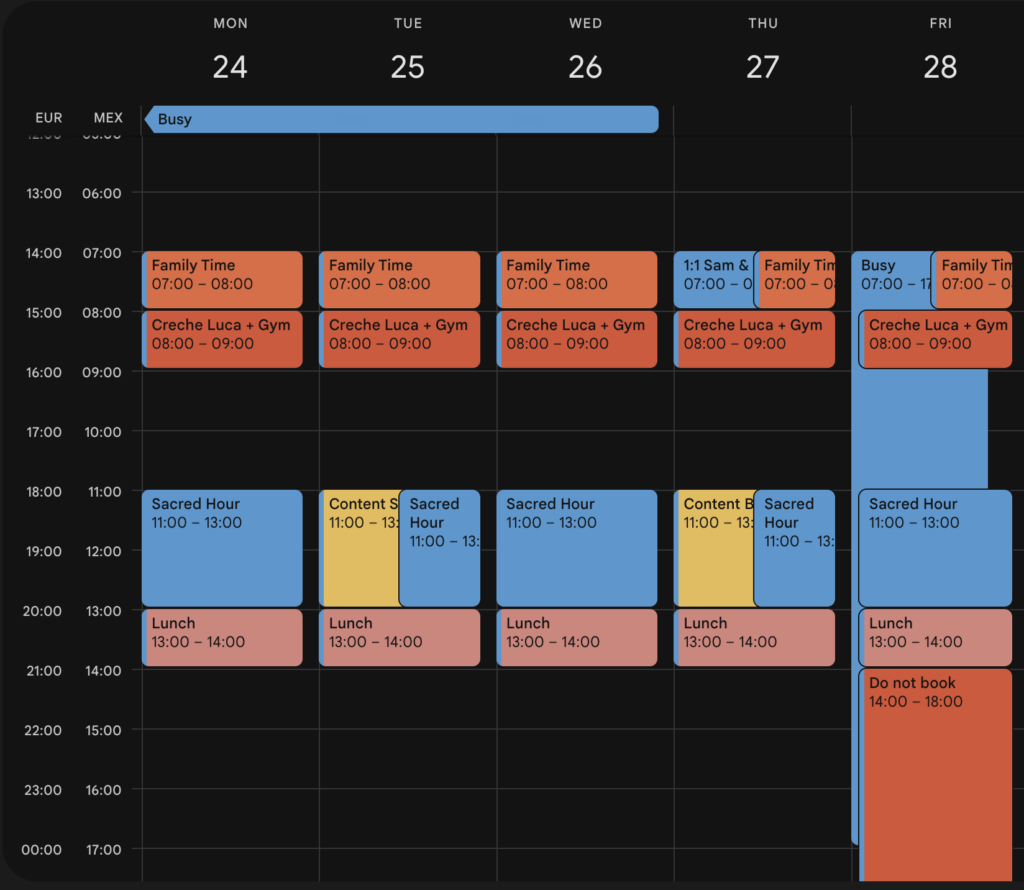
As you can see, I also keep some time open in my calendar for all the reactive tasks (customer calls, emergencies, etc.).
I’m also over-blocking. I typically need 30 minutes max for my prospecting, but I keep a 60-minute blocker. Same for the sacred hour. I don’t need 2 hours of deep work every day, but I keep the 120-minute blocker. This helps me create a buffer between each tasks so I can breath, or work on something really important that day, without worrying about being booked by a customer (or manager if you have a boss).
Step 3: Use tools to protect your time
Finally, I use a few productivity tools to help me stay on track. Here are the ones I use to manage my calendar:
- Google Calendar: To manage my day and integrate with all other sales tools
- Calendly: To help customers book meetings in my calendar
- Chili Piper: Recommend when working as a team
These tools are critical to make sure my time is protected. I’m able to do a bit of all the tasks needed during the day, while keeping control of my schedule. If you’re getting started, Google Calendar has the basic features you need to keep control of your day, so you don’t need to invest a ton into your tech stack.
And this is how I manage my time as a remote sales guy. I audit my day (check this free tool if you want to audit yours), I set clear boundaries, and I use tools to protect my time.
Hope this helps.
Cheers,
Thibaut Souyris
P.S. When you’re ready, here are 3 ways I can help you:
Subscribe to the Newsletter
Get my free, 4 min weekly newsletter. Used by 5.900+ salespeople to book more meetings and work when, where, and how they want.
Subscribe to the Newsletter
Get my free, 4 min weekly newsletter. Used by 5.900+ salespeople to book more meetings and work when, where, and how they want.
